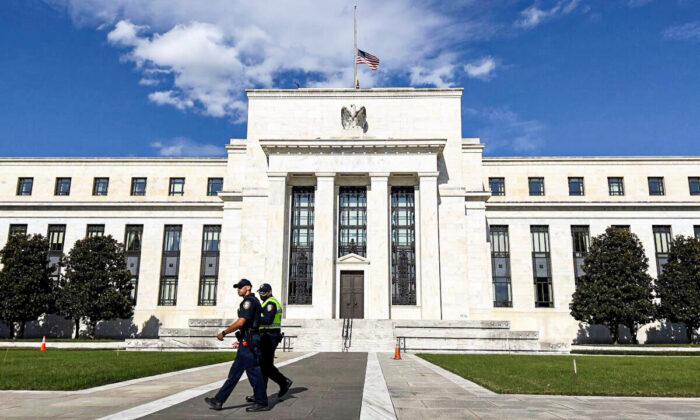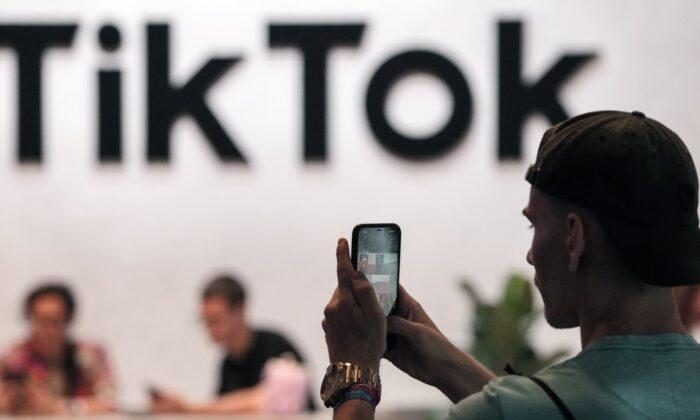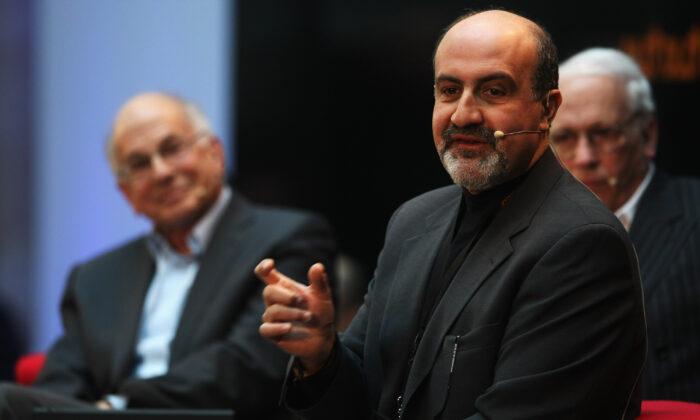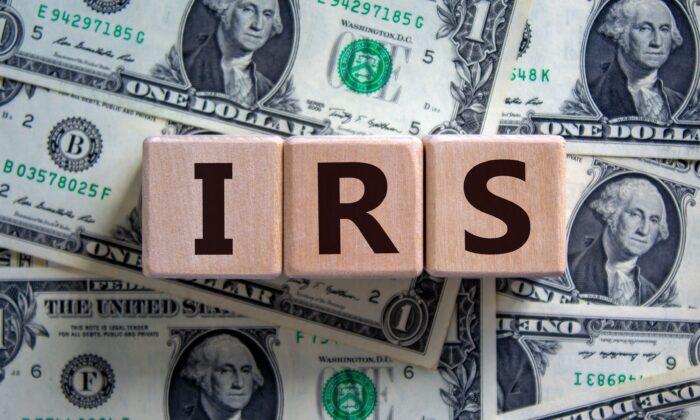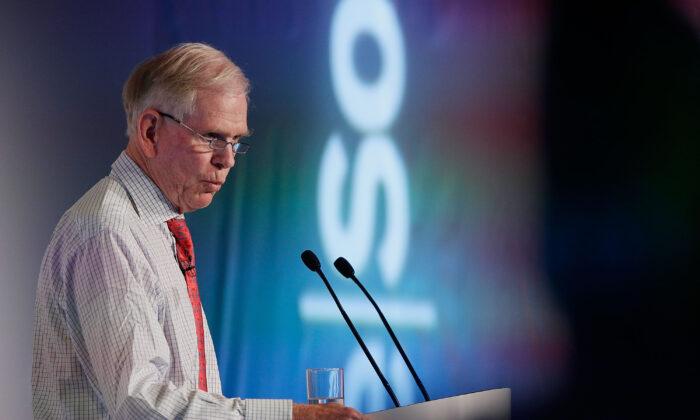On Monday, prominent economist and former White House official Tyler Goodspeed warned that the two expected hikes in the key interest rates next year will likely be insufficient to stop the growth of inflation.
Goodspeed formerly served as chairman of the Council of Economic Advisors on behalf of the administration of former President Donald Trump. He resigned from this position in the wake of the Jan. 6 breech of the United States Capitol building.
“I think four interest rate hikes next year are less likely to tip us into a recession ... than eight interest hikes the next year. And so I think we have got to get ahead of the curve rather than be behind the curve with respect to inflation risks ... we should be signaling that as a very plausible possibility,” Summers warned.
This pattern is expected to hold in the upcoming results from November, and the rising costs accompanying inflation show few signs of abating without intervention from the Federal Reserve. The result of inflation is an additional burden on the lower and middle classes, as wages struggle to keep up with the rate of inflation on necessities and consumer products.
With his recent remarks, Goodspeed joins a growing chorus of experts calling on the Fed to take more drastic action to prevent further inflation and economic damage. While the situation remains delicate as ever, the stakes could not be higher, as consumers continue to adjust while struggling with raising prices in a fragile economy.
